Volunteer Abroad in Japan with Volunteers for Peace
Location
- Japan
- Tokyo
Dec 03, 2019
Apr 01, 2013
60 travelers are looking at this program
About Program
Volunteer in Japan with community-based organizations focused on environmental, agricultural and social issues as well as disaster relief and revival. Volunteer for 2 weeks or up to 3 months - for only $500! Community engagement with local non-profits and people as well as cultural exchange is a key component of these programs.
Volunteers For Peace is a non-profit organization, founded in 1982, that offers placement in over 3000 voluntary service projects in more than 100 countries. Each year we provide almost 1,000 volunteers with invaluable opportunities to strengthen their ability to communicate in diverse groups, explore grassroots leadership opportunities, and build cultural understanding and connections around the world.






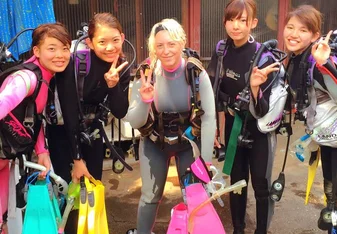

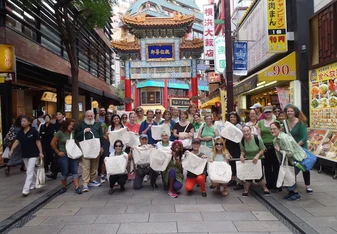

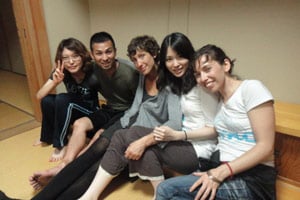
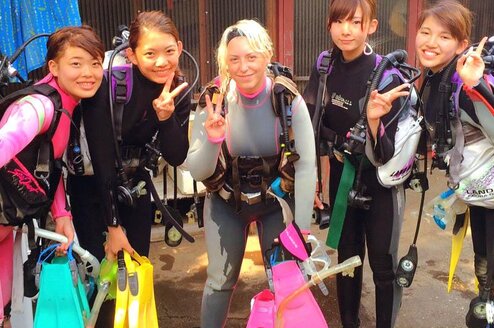
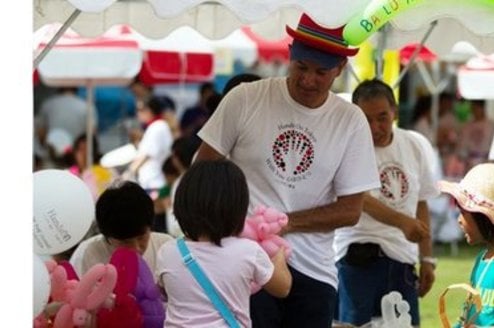
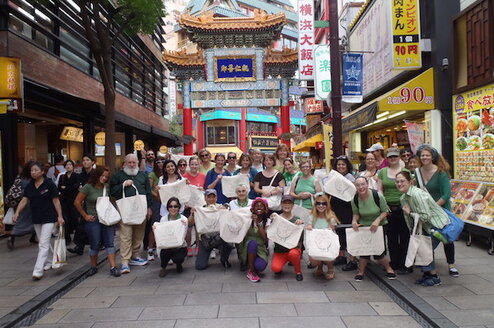
Sorry for the delay. The listing on our website (vfp.org) will indicate closest airport. To find a project, follow these 4 steps: 1. Enter your information and preferences on our search page at https://vfp.org/projects/ 2. Select “Search Projects” Any available projects will then appear. NOTE: If there is nothing available to your liking right now, check the website from time to time as new...